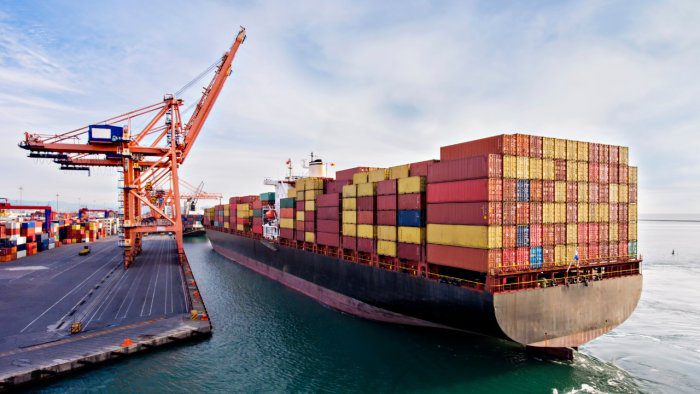
Transportation is often considered the backbone of economic growth and development. Its influence stretches across nearly every sector, transportation management software producers to markets, people to jobs, and communities to essential services. In both developed and developing economies, the quality, reach, and efficiency of transportation systems can significantly determine how quickly and sustainably an economy grows. Far beyond simply moving goods or people from one place to another, transportation infrastructure represents a powerful lever for change, innovation, and inclusive development.
One of the most direct ways transportation fuels economic growth is by enhancing productivity. Efficient transportation systems reduce the time and cost associated with moving goods and services across regions, both domestically and internationally. When raw materials can be transported swiftly to factories, and finished products can be distributed efficiently to markets, businesses operate more smoothly and at lower costs. This logistical efficiency not only improves competitiveness but also encourages investment, both from domestic enterprises and foreign investors. In globalized economies, where just-in-time delivery systems are increasingly the norm, transportation networks become essential for maintaining economic momentum.
Transportation also has a profound impact on labor mobility and access to opportunities. In regions where roads, railways, and public transit systems are well-developed, people can travel farther for better employment, education, and healthcare services. This leads to a more dynamic and flexible labor market, where skills can be matched more effectively to demand, and where rural populations can participate more actively in urban economic activities. Conversely, in areas lacking adequate transport infrastructure, people often remain trapped in cycles of poverty due to limited access to jobs, schooling, and resources. Hence, transportation is not just an economic tool but a critical enabler of social mobility and equity.
Another critical dimension is the role of transportation in regional development and integration. Infrastructure projects such as highways, bridges, ports, and railways often open up previously isolated or underdeveloped areas, bringing them into the economic mainstream. These connections stimulate local economies by attracting businesses, enabling tourism, and fostering trade. Moreover, improved transportation links between countries can enhance regional trade cooperation, reduce import/export costs, and support economic diversification. This is especially important in landlocked and low-income countries, where inadequate transport links have historically constrained growth and global competitiveness.
However, the relationship between transportation and economic development is not merely about expansion; it’s also about sustainability and planning. Poorly designed or under-maintained transport systems can become liabilities. Congestion, pollution, and accidents can negate the benefits of growth, especially in rapidly urbanizing regions. Moreover, unequal access to transportation can exacerbate social and economic disparities. That is why modern transport planning increasingly emphasizes sustainability, resilience, and inclusivity. Integrating green technologies, investing in mass transit, and ensuring rural access are now seen as essential components of a development strategy.
In conclusion, transportation is a foundational pillar of economic growth and development. Its effects are multi-layered, influencing everything from trade efficiency and labor mobility to regional integration and social inclusion. Strategic investment in transport infrastructure can create a ripple effect that transforms entire economies, spurring innovation, reducing inequality, and fostering long-term prosperity. As such, governments and policymakers must treat transportation not just as a sector to be managed, but as a strategic asset to be cultivated for future-ready development.